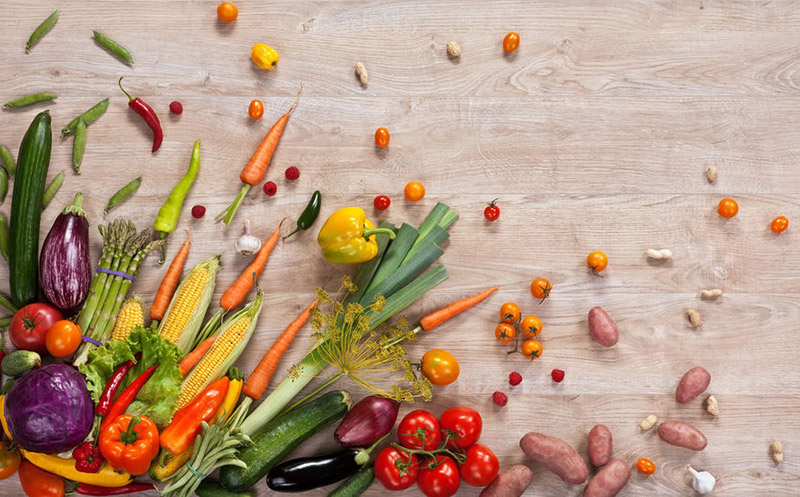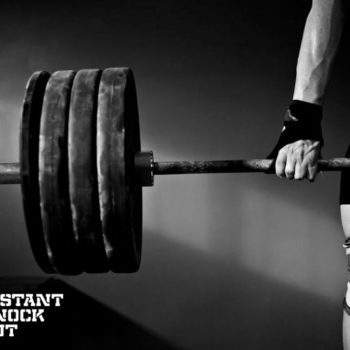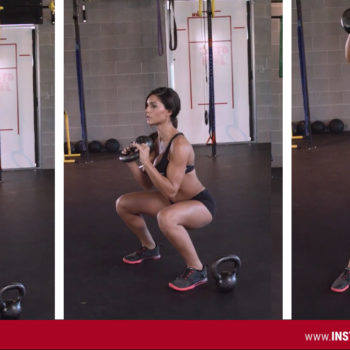Beginner’s Nutrition Guide To Cutting Fat

You’ve decided that you want to get drop fat, get shredded and improve your physique. There’s only one way to do it – follow the Instant Knockout’s Beginner’s Nutrition Guide to Cutting Fat.
Why?
Well fat burners help give you that edge to lean out and show off those six-pack abs, but it’s most effective when combined with a great diet.
The foundations are simple: daily Calories and eating right.
This article teaches you the basics to work out how much food is required to maintain your current size, and what to do with that information to get more shredded.
You’ll also learn some key tips to eating right, and classics mistakes you should avoid doing during your cut.
Read on to find your route to a better physique…
How to Calculate Your Maintenance Calories
The first thing you should look at when starting out on your cut is your daily caloric intake. This makes the biggest difference out of everything.
It’s the main thing we’ll cover in this nutrition guide to cutting fat.
The amount of food energy you take in each day determines your current body weight and body fat – this is what’s known as your daily energy intake needs or ‘calorie maintenance level’.
Without making any changes to that, you won’t notice much of a change in your body. It’s the exact amount of energy you need each day to maintain your body weight and stay as you are.
Ideally what you need to do is to aim for a 20% cut from your maintenance calories – around 200-400 calories below this number. If you achieve this you’ll definitely start seeing results within a couple of weeks.
How To Work Out Your Maintenance Level:
As no two people are the same, everyone has a different metabolic rate. These methods are just a rough guide to find your maintenance amount – you will have to do some experimenting of your own to find the exact number.
But here’s some different ways of working out your calories. All you need to do s try each one and work out which is best for you…
Method #1 – Instinctive Approach
If you’ve been the same weight for a while, this is probably the easiest method to work out your maintenance levels without doing any difficult calculations – the instinctive approach.
By maintaining the same weight for a long period of time, chances are you’re burning as many calories as you’re taking in.
This is great, because all you need to do now is to log what you’re eating and cut down those calories accordingly. Whether it’s cutting down on your current meal sizes, or replacing them with a less calorie dense option (more on that later).
Method #2 – The 14 and 17 Formula
The 14 17 formula is a simple calculation you can do to find a rough estimate of your maintenance calories, and give you a good idea of how much you need to take in on a daily basis to reduce your body fat.
You need to do two equations:
- Your Body weight (lbs) x 14 = A
- Your Body weight (lbs) x 17 = B
Once you’ve found the values of both A and B, your maintenance level fall somewhere between those numbers.
If you have a high metabolism, it’ll be on the higher end of the scale, and if you have a low metabolism it’ll be on the lower end.
Have a look at your current intake and see where you match up, and what you need to reduce that figure to.
Method #3 – The Mifflin-St Jeor Equation
This by far one the more complicated methods of working out your maintenance levels – but it is one of the most reliable[1]: The Mifflin-St Jeor Equation.
Taking into account numerous factors such as your:
- Age
- Gender
- Height
- Weight
- Physical Activity Level
The equation gives you a close estimate of how much you’re taking in to maintain your current size – and then all you have to do is subtract a safe amount of calories that you’re comfortable with, keep up with your training and let your body do the rest.
To find out what your results are, enter your details in the calculator below:
*BMR (Basal Metabolic Rate) – The amount of calories you burn throughout the day.
After you find out what your maintenance intake is, make a note of it, and aim to undercut it on a daily basis.
Follow this and you’ll be burning more fat in no time.
Beginner’s Guide to Eating Right
When you’re changing up your diet on a cut, calories aren’t the only thing that need tuning – it’s what you eat that also matters.
When it comes to nutrition, a lot of people unintentionally make mistakes on their cut that sabotages them from the start. Here’s what you should do to avoid that from happening:
Nutrition Guide to Cutting Fat: Classic Cutting Mistakes
#1 Still Using Sugar
Sugar is one of the most calorie-dense substances on the planet, and worst of all? It has no nutritional value.
Not only that, studies have shown sugar is:
- Toxic
- Addictive
- Dangerous
- Lowers Testosterone, Sex Drive and Muscle Growth.
You can learn more about the dangers of sugar over on our Is Sugar Bad For You? article.
#2 Eating Too Much Protein
This is one of the biggest problems in the fitness industry – thinking a high protein diet is the only way to lose weight.
This couldn’t be further from the truth. In fact studies have shown that high protein actually raises stress hormones and lowers overall testosterone levels [2] – which can be detrimental to progress.
Not only does lower testosterone reduce muscle-building it also increases fat storage which works against you in the long run.
#3 Not Enough Fat
When looking to lose fat, the first thing most people do is cut as much fat out of their diet as they can.
This is one of the worst things you can do.
Dietary fat is an essential part of any diet, and is key to hormonal balances. However, you want to make sure it’s the right kind of fat.
Things like Avocados, eggs and nuts, are good examples of fatty foods that promote good hormone health, supporting CCK and PYY – Two hormones that help regulate appetite control and satiety (feelings of fullness) [3].
#4 Too Much Fruit
Another common mistake is as soon as people start their diet they instantly replace all their snacks and sodas with fruit and fruit juices.
But don’t eat too much – and DEFINITELY don’t go crazy on the fruit juice.
The United States Department of Agriculture suggest having at most two servings of fruit a day at most. Because of their content fruit can lead to high blood sugar, which in turn causes higher fat storage and insulin resistance.
Fruit juice is even worse for this as it requires less processing by your body, and raises your blood sugar a lot quicker.
Quick Tip:
One thing that you can’t go wrong with is plain vegetables.
Full of fiber, healthy carbs and low calories, vegetables are the cornerstone of any cut.
If you find yourself getting hungry between meal times, a plate of cooked vegetables gives you the vitamins and minerals you need and has no negative impact on your cut.
#5 Diet and Low-Cal Products
Lastly, “Diet” products, possibly one of the worst things you can consume. Not just for your cut, but for your overall health.
This because they use sweeteners for flavor. Big Mistake.
Sweeteners like Aspartame may contain fewer calories, but they have a lot more side effects. In fact, over 75% of reported adverse reactions to food additives made to the FDA are from Aspartame.
Here are just some of the symptoms:
- Headaches
- Fatigues
- Dizziness
- Heart Palpitations
- Migraines
These side effects can slow down your progress in the gym, and really distract you from your session. If you’re looking for a low calorie drink that’s good for you, you’re best bet is always going to be green tea or water.
Nutrition Guide to Cutting Fat – Conclusion
There are several dietary changes you can make to get the most out of Instant Knockout and achieve that lean, ripped physique.
Start by using the methods above to check your maintenance calories, make a log of what you’re already eating and see how they match up. Then make a reduction (around 200 – 400 calories).
When reducing your calories, make sure you’re still eating healthy and getting enough macros.
Take a closer look at your diet.
Are you making any of the classic cutting mistakes we’ve covered in this article?
Changing snacks for vegetables, switching up sodas for water and herbal tea may sound like hard work – but once you’re in the habit your body will definitely show off the benefits.
Want more ways to cut down the fat?
Read our Life Hacks: Tips To Get Shredded Fast article for some more interesting methods on how to shred up.



